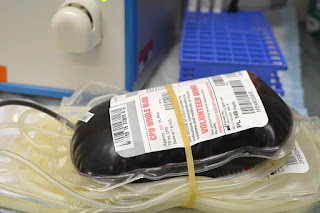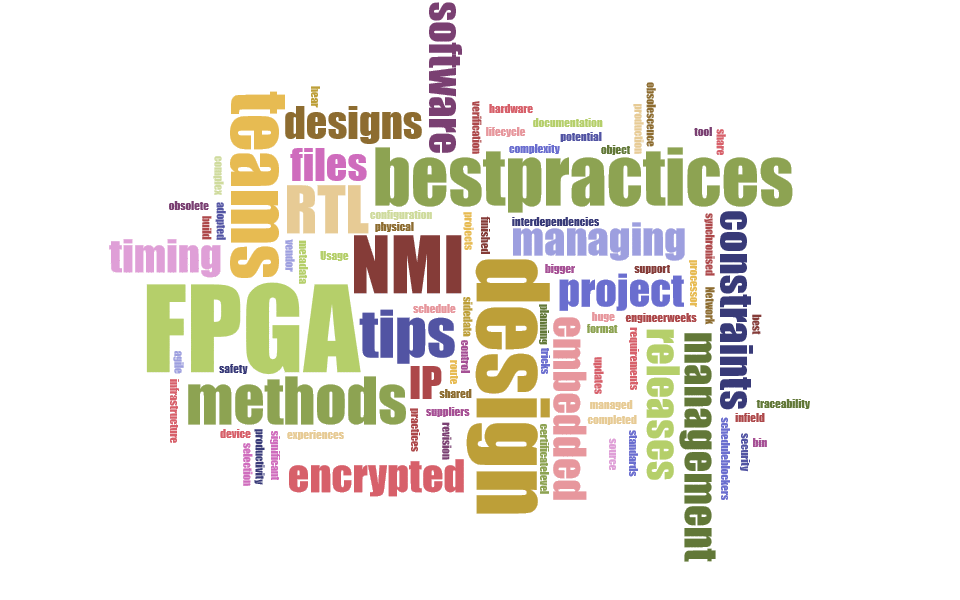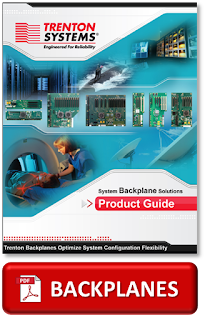Author - Laura
Last week was
National Blood Week 2015, which aimed to significantly increase the number of blood donors around the UK. NHS Blood and Transplant (NHSBT) has revealed that 40% fewer new blood donors came forward across England and North Wales last year to give blood compared to this time a decade ago.

So last night, along with my blood donor buddy Toni, I went along to the
session at Swindon Town Football Club and donated a full pint of the good stuff. Apparently my lovely B Positive blood is in demand as it’s quite rare. Only 9% of the UK donor population has this group, so it’s really important to keep donating whenever I can; at least 3 times a year.
The wonderful people at NHS Blood and Transplant collect 1.8 million units of blood each year from over 23,000 blood donation sessions across England and North Wales. Blood donation is a fairly simple process. Once the donor carer has done the relevant checks, and the needle is inserted, blood is collected in a bag out of sight. An agitator scale constantly wiggles, weighs and measures your donation and stops automatically when your donation is complete. A pint of blood normally takes about 7-8 minutes to collect. Easy peasy.
But the technology behind blood collection isn’t quite as straightforward…
VersaLogic Computers Keep Automated Blood Collection System Flowing
Automated blood collection systems are used to collect a combination of red blood cells, platelets, and plasma from donors. These computerised systems minimise operator intervention, integrate key functions, and provide important data at a moment's notice, thereby enhancing the efficiency of blood centre operations.

At the heart of one of the most widely used automated blood collection systems in the USA are two
VersaLogic Single Board Computers (SBCs). The system relies on one VersaLogic board to perform control functions, while the other board is used as a safety computer. The state-of-the-art system uses cell separators that allow for the division of the various blood components in a high-speed centrifugal field while the device is still connected to the donor.
This process allows collection of any combination of red blood cells, platelets, and plasma while returning unneeded components to the donor, thereby allowing more frequent donations. The high reliability and long-term availability of VersaLogic SBCs were key elements in the selection of the VersaLogic solution. In addition, VersaLogic accommodated customisation requests that allowed communication between the CPU board, multiple peripherals, and the manufacturer’s I/O platform.

Donated blood is a lifeline for many people needing long-term treatments, not just in emergencies. Your blood's main components: red cells, plasma and platelets are vital for many different uses.
More donors are needed. You won't miss it when you give it; but patients could miss it if you don't.
If you've never donated before, or if you have but it's been a while, you can register at
blood.co.uk and book your first appointment online.
Have a great weekend!


















































